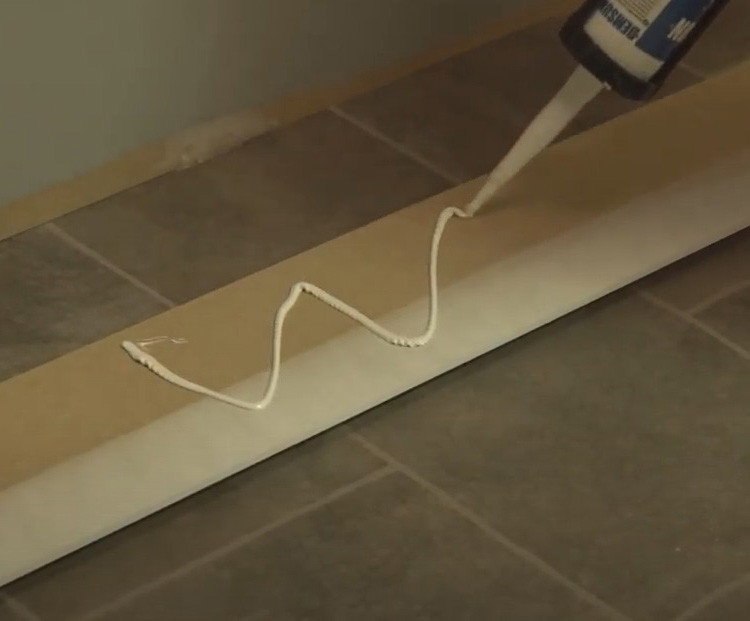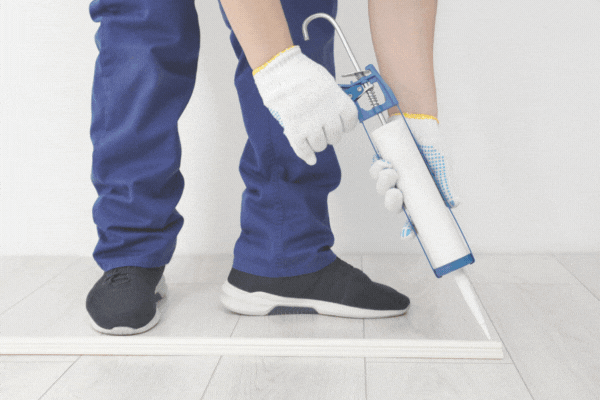
Best Adhesives For Skirting Boards
Posted by Sultan Khan on 12th Sep 2025
Getting skirting boards to stay put requires both proper installation technique and adhesive that works reliably. After a decade manufacturing skirting boards, we've tested dozens of different adhesives.
Reality check: Most adhesive problems come from poor surface preparation or choosing the wrong type for your specific wall conditions. Clean surfaces and matching adhesive to application matter more than brand names.

Top 4 skirting board adhesives
These adhesives consistently deliver strong, lasting bonds. Each has proven reliable across different wall types and installation conditions.
Alternative approaches
Some installers prefer alternative fixing methods for specific situations. These work well in the right circumstances but aren't suitable for every installation.
What makes adhesive work
Four key factors determine whether skirting boards stay put or start failing within months.
Initial Grab Strength
Strong grab prevents boards sliding down while adhesive cures. Without sufficient grab, you'll spend time holding boards in position or find them sagging the next day.
Curing Time
Faster curing reduces installation time and movement risk. Anything over an hour becomes impractical for most installations, especially when fitting multiple rooms.
Long-term Flexibility
Skirting boards expand and contract with temperature changes. Rigid adhesives crack over time, causing sections to come loose. Flexible bonds accommodate movement.
Gap-Filling Ability
Walls aren't perfectly flat. Good adhesive fills minor irregularities without creating weak spots that cause point failures later on.
Getting reliable results
Even excellent adhesive fails if applied incorrectly. These preparation steps make the difference between installations that last and ones that need re-doing.
Surface Preparation
Clean Both Surfaces
Remove all dust, grease, and loose material from skirting back and wall surface. Even thin dust layers significantly reduce bond strength.
Level Major Irregularities
Sand down obvious lumps on plaster walls. Small irregularities are manageable, but major bumps prevent proper adhesive contact.
Check Wall Moisture
Newly plastered walls must be completely dry. Excess moisture prevents proper curing and causes long-term bond failure.
Application Pattern
Apply adhesive in continuous wavy lines rather than dots. This creates better contact area and prevents weak spots that cause partial failures.
Recommended: 6-8mm thick continuous lines
Choose what works for your situation
The Demsun A30 handles most standard installations reliably and costs half what you'd pay for premium alternatives. For time-critical work, the A32 Express cures faster and justifies the extra cost. Difficult surfaces or multi-material installations benefit from CT1's versatility.
All these adhesives deliver lasting results when applied to properly prepared surfaces. The difference is mainly in cure time, cost, and specialist capabilities rather than fundamental performance.














